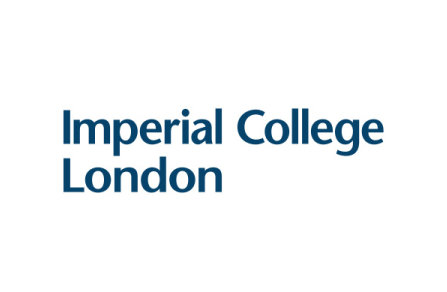Imperial College London: Geothermal energy could be cheaper to access thanks to a new drilling technology
The project, led by researchers from ARMINES/Mines-ParisTech in France with partners Imperial College London, Norway’s SINTEF, University of Piraeus in Greece, China University of Petroleum and French drilling company Drillstar, could expand the use of this renewable energy source and help tackle the global climate crisis.
The project is funded by the European Union’s Horizon 2020 programme.
Geothermal energy harnesses the heat of rocks, steam and water deep beneath the Earth’s surface. It is carbon neutral, widely available and, unlike wind and solar energy, can provide a stable supply 24/7. Therefore, geothermal reservoirs could make a significant contribution to the renewable energy supply in Europe and worldwide.
However, the drilling required to reach far enough into deep hard rocks to harvest this type of energy is slow and inefficient, which makes it prohibitively expensive. Geothermal resources, which are inherently more abundant in the hotter rocks found at depths of more than 4km, therefore currently make up less than 2 per cent of the global energy share.
Now, a new €4 million grant from the EU Horizon 2020 program will help researchers from the consortium to develop a new generation of drilling system that could unlock the potential of deep geothermal energy.
Priming the rocks for easier breakage could drastically reduce the time and money needed to tap into these reservoirs
Dr John-Paul Latham
Department of Earth Science and Engineering
Currently, drills penetrate hard rocks at rates of 1-2 metres per hour, but the researchers anticipate that the new drilling technique will work at up to 10 metres per hour – reaching geothermal reservoirs four times faster on average than what is possible today.
This could reduce drilling costs by up to 65 per cent, making the use of renewable geothermal energy much more cost-effective.
Co-Investigator Dr John-Paul Latham of Imperial’s Department of Earth Science & Engineering said: “Drilling through rock takes up a lot of time and energy, so we’re optimising the system by making these rocks easier to break. Our computer simulations that can capture cracking at the mineral scale are able to show how priming the rocks for easier breakage could drastically reduce the time and money needed to tap into these reservoirs.”
Making energy greener
This is the first time researchers will combine high-pressure water jets and downhole fluid-driven hammers to tap into geothermal reservoirs. The researchers say that the combined technology could pave the way for further decarbonisation of the energy sector.
The Imperial researchers are using their rock fragmenting computer simulations, combining solid and fluid dynamics, to find the optimal jetting settings to shape and groove the advancing rock face and to explain the breakage process and why the hybrid drill is able to bore through rock more rapidly.
To provide pathways for hot fluids and the release of geothermal energy, current technology uses mainly rotary drilling methods which are subject to severe wear and failure in deep hard rocks, increasing the drilling time considerably. Therefore, the deep rock being targeted for its heat becomes even more expensive to reach, which has prevented the energy sector from using it more widely.
The new approach, which combines two established rock breaking technologies for the first time, could make this endeavour cheaper and more widely available, which could help with the move away from fossil fuels making energy greener.
Video placeholder image
This non-conventional technology involves a fully fluid-driven drilling method that combines a high-pressure water jet system with a new high-power advanced hammer action, powered down the hole by the pressure of circulating drill fluids which are designed to facilitate drilling through hard rocks at deep down-hole conditions.
The jetting and drilling trials performed in the test benches of the ARMINES laboratories are designed to mirror the geothermal reservoir’s field environment and are intimately linked with the computer simulations being developed by the partners using a wide range of numerical models. Each of the different simulation and experimental approaches plays an essential role in bringing the hybridised technology to fruition within the project and brings a continuous feedback between the theoretical and experimental studies.
This new drilling technology will use high-pressure water jets that are powerful enough, while at the bottom-hole conditions, to cut the rock into particular profile shapes that pre-condition the rock to be more readily broken by inbuilt fluid-powered percussive hammers. China’s University of Petroleum, together with SINTEF, are designing a novel down hole high-pressure intensifier system for implementation with percussive drilling bits manufactured by Drillstar.
Scientific Coordinators Professor Hedi Sellami and Dr Laurent Gerbaud said: “The fundamental innovation of the project lies both in the development of a new principle to ‘free’ the deep rock from existing concentrated stress in the immediate vicinity of the drilling tool, allowing for an easier rock-cutting action, and the reflection of the impact waves on the slots cut by the high-pressure water jet.”
The drill prototype is expected to be built by 2024 and will first be tested in the ARMINES laboratory by drilling horizontally through great thicknesses of rock before real-world testing.

